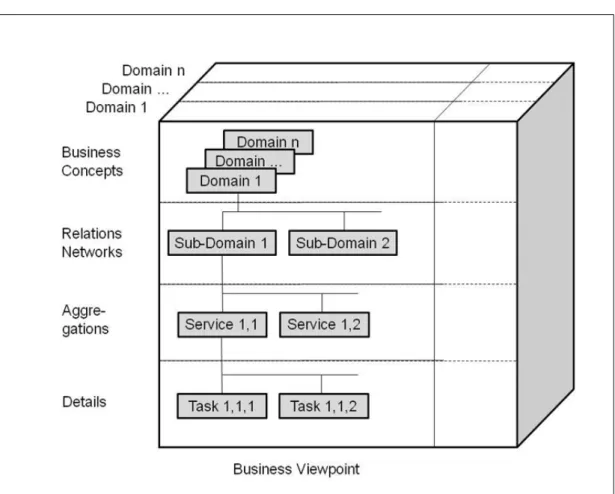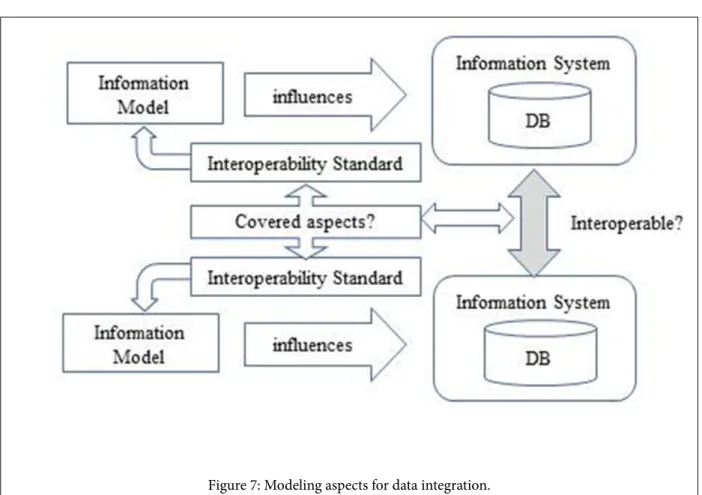ÄHNLICHE DOKUMENTE
As a result, they conceptualized the Unified Theory of Acceptance and Use of Technology (UTAUT), thus integrating performance expectancy, effort expectancy, and
International Institute for Comparative Social Research Science Center Berlin..
SUBMODEL OF THE REGIONAL ECONOMIC DEVELOPMENT As mentioned earlier, three aggregated sectors of the regional economy are described in the model: industries, agriculture and
critical needs for the creation of a global environmental model in which many other global problems (food, industrial development, mineral resources, energy use, urbanization, etc.)
(1) PM tools can systematically capture and handle the complexities of social-ecological systems of differ- ent and connected scales, both knowledge-wise and value-wise; (2) PM
Spatial suppression efficiency calibrated in FLAM using burned area reported by GFED for wildfire in Indonesia, accumulated from 2000–2009..
Крім просторового аспекту землекористування, в умовах глобальних змін клімату постане проблема перерозподілу земельних ресурсів за видами
Using the model described above is straightforward once the required input data have been collected. Data on the Mauritian population distribution by status were estimated from
![Figure 1: Ontology types, after [8], changed.](https://thumb-eu.123doks.com/thumbv2/1library_info/4062067.1545942/2.892.244.770.815.1158/figure-ontology-types-after-changed.webp)
![Figure 2: ANSI/IEEE 1471 conceptual model of architectural descriptions [11].](https://thumb-eu.123doks.com/thumbv2/1library_info/4062067.1545942/3.892.158.748.128.605/figure-ansi-ieee-conceptual-model-architectural-descriptions.webp)
![Figure 3: Dimensions of data modeling (after Krogstie [13]).](https://thumb-eu.123doks.com/thumbv2/1library_info/4062067.1545942/4.892.124.760.126.445/figure-dimensions-of-data-modeling-after-krogstie.webp)

